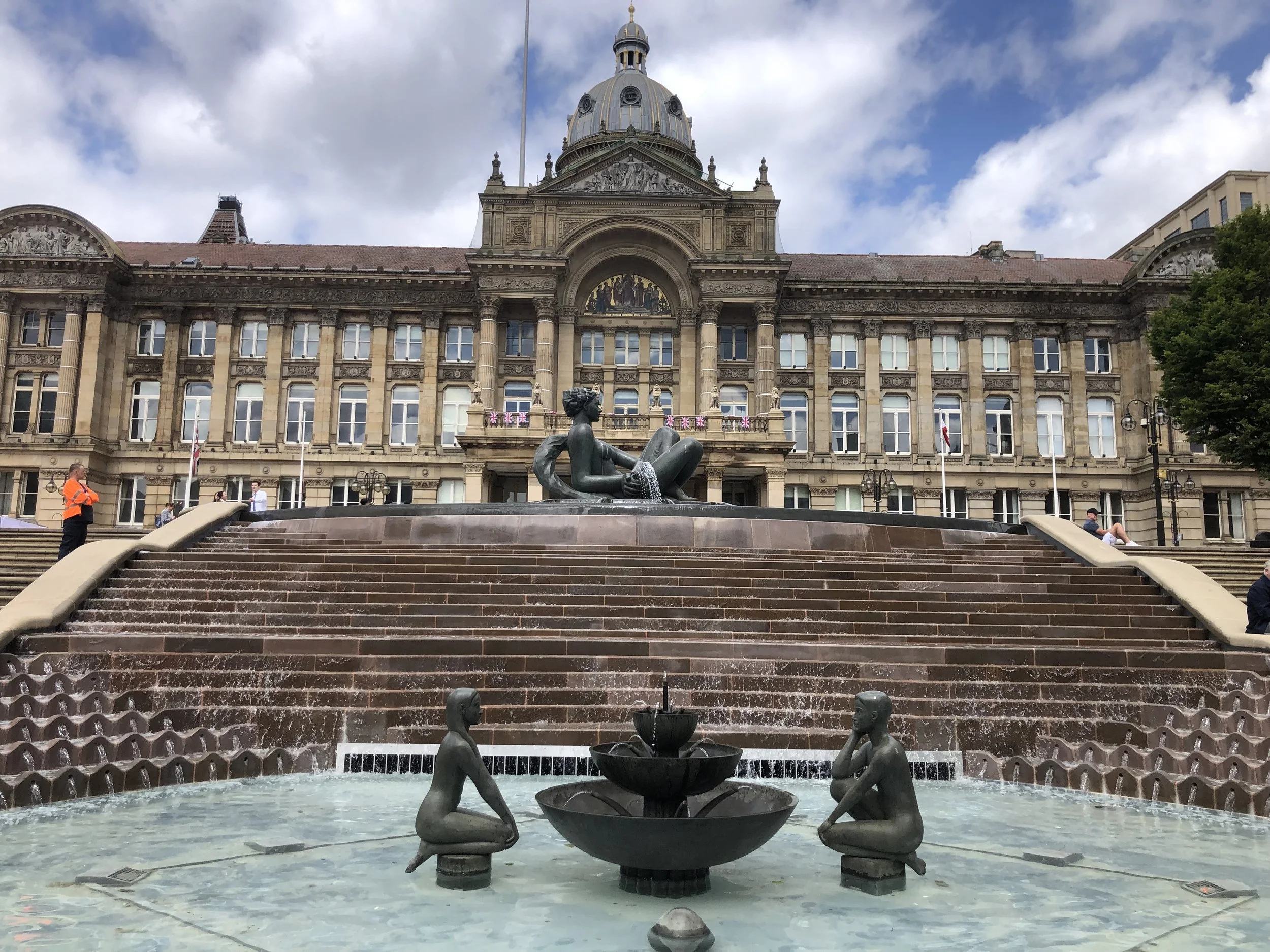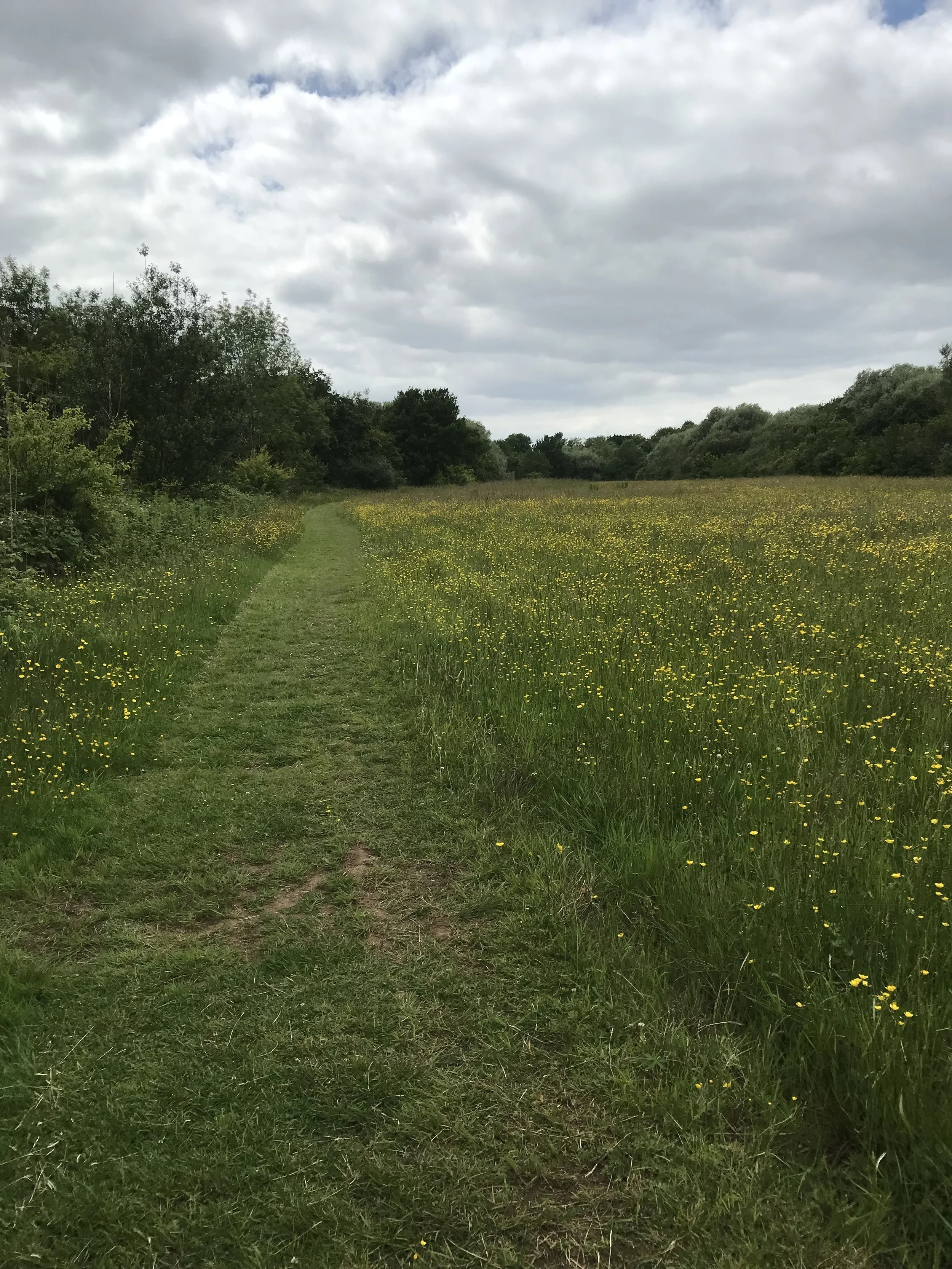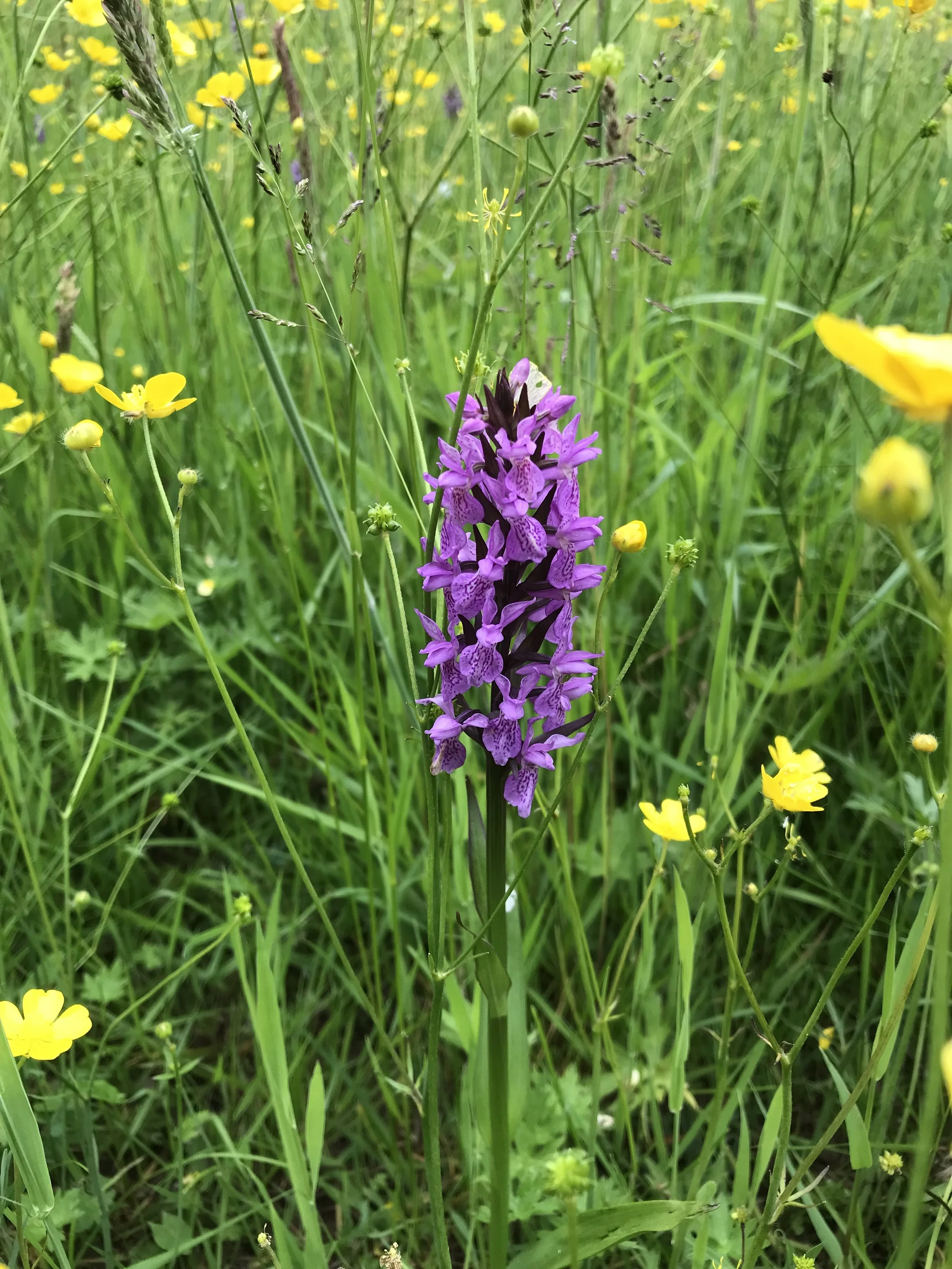
Hand dyed in Birmingham, colours inspired by England’s Second City
Second City Yarns was created from a passion for colour and a life-long obsession with crafting. The inspiration for the colourways is taken from the vibrant city of Birmingham, where I studied geology at University in the 1980’s and which I have had the pleasure to call home for the last 19 years. I have long held the impression that people from outside Birmingham don’t know the half of what Birmingham has to offer and Brummies don’t seem to shout about what a wonderful, historic, interesting and often beautiful place this is. It is my intention to broadcast to the wider world what a fabulous city we have. Everything connected with Second City Yarns has a Birmingham connection, from the Baskerville font, British Racing Green colourway and my Bull logo, The Guardian, or ‘Bully’ as he is more affectionately known to locals. Whilst you browse the website, I will use my Blog to ‘Spin a yarn’ about the inspiration behind the colourways and together we will explore this vibrant, diverse, multicultural and exciting city I call home.
It’s still early days for Second City Yarns and there are so many ideas in the pipeline. You may notice that not all the colourways are available in all the yarn bases. Please bear with me while I build up stock. If you see something you would like but it’s not available in the yarn base you have in mind, go to the ‘Dye to Order’ section, choose your yarn base and colour way and I’ll do the rest.

At Second City Yarns, I am committed to supporting British producers, family run or independent businesses and to reducing our environmental impact as much as possible.
My yarns are all British in origin and have been spun at a family-run mill in Yorkshire. I only buy pure wool which is ‘British Wool’ certified and which carries the British Wool ‘Shepherd’s crook’ logo. I exclusively dye non super wash wool, meaning that the wool has not been treated with chlorine. Machine washing and tumble drying is not recommended, you will need to handwash your finished garments in cool water to avoid shrinkage and felting. On the flip side, my wool is suitable for hand felting if that is your craft of choice.
My dyes and limited number of chemicals are sourced from a company in Lancashire and the dyes are fixed using citric acid. During the dyeing process, the dye baths are exhausted, all the dye being absorbed into the wool and no unused dye goes down the drain. Although the yarns are rinsed clear after dyeing, some slight colour bleed may occur when your finished articles are first washed, particularly for the more intense colours such as blues.
I only use plastic-free packaging, which is produced in the UK by a family-run business in Lancashire and my yarn bands and labels are made from recycled card.
I dye all the yarn in the utility room at my home in Birmingham, using electricity generated by solar panels on the roof.

